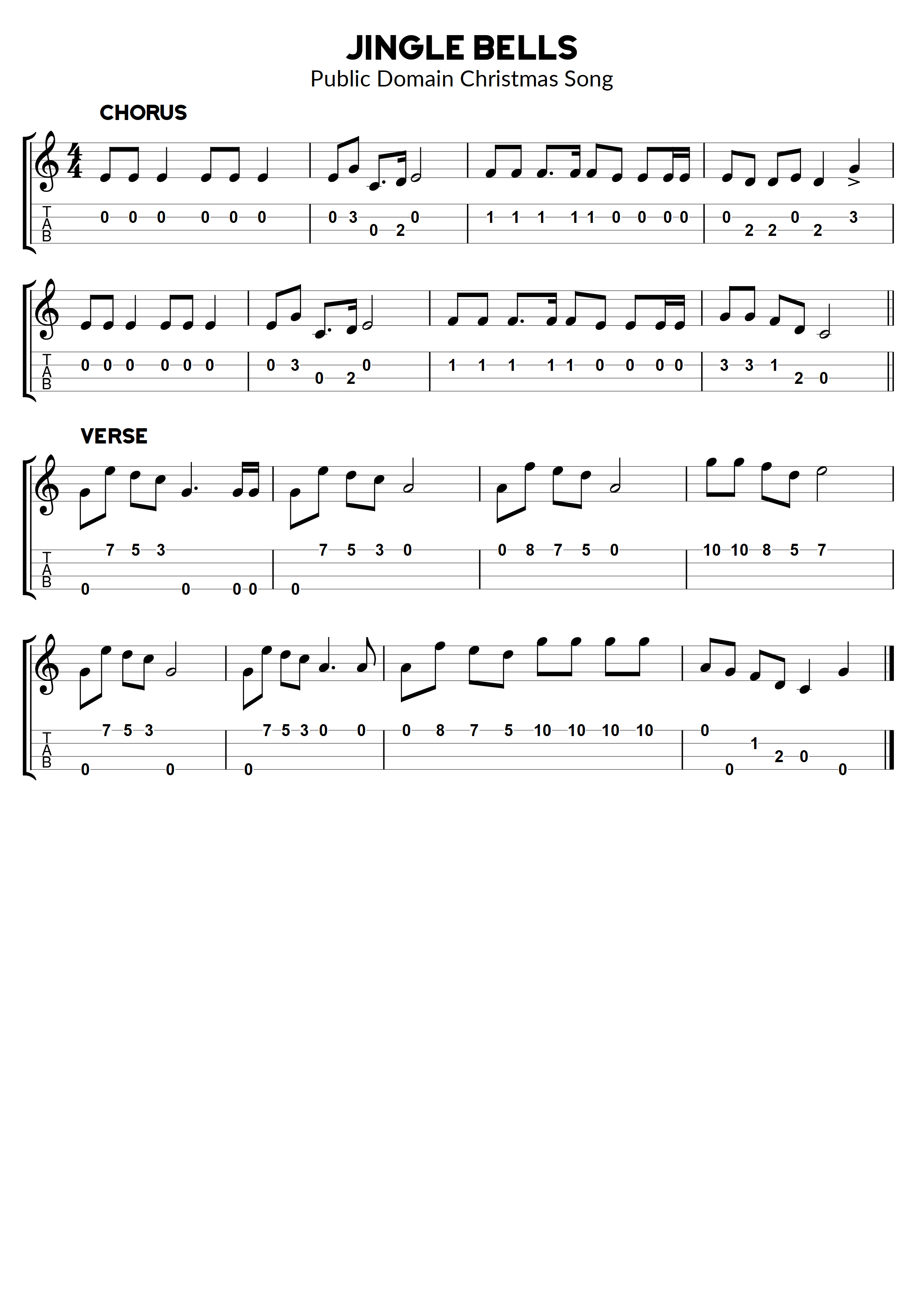
Using only the notes in your melody’s key, start programming in the bass notes of your chord progression. Whatever feels right for your track is the best option! You might even just stick to one chord…especially if it’s a techno track…or a deep house track might just have 2 chords. You might have 3 chord changes over 4 bars (one chord lasting twice as long as the other 2), or you might have an 8-bar loop instead, with even more chord changes. Write in the bass notes of your chords.Īn EDM loop will usually have 4 chord changes one for each bar. So in this example, we can see the melody is written in “B Minor”. Success! The melody is in the key of “B Minor”.

When compared to the notes in the key of “B Minor”, we can see that our melody matches perfectly. This is a now an easy-to-use template for that key. EDMtip: In Ableton Live, once you’ve written in every note of a scale, you can move them left of the clip so they don’t play, and press the “fold” button.

Compare how much of your melody falls on these notes. Just in case you don’t know, though, here’s what you can do to find out:Ĭount up the major key intervals from the root note, drawing in each note of the scale (so in this example each note of “B Major”). You’ll probably have an idea of this anyway if it sounds “happy”, it’s probably major, and if it sounds “sad” it’s probably minor. Ii) Next is to determine whether the key of the melody is major or minor. In this example we can see the root note of my key is “B”: You can always copy and paste the separate elements into different sounds afterwards.Ī quick and dirty way of doing it is to write in a repeating single bass note, and loop your melody whilst shifting this bass note up and down until you find the one that sounds best, and most “solid” with your melody. notes that aren’t in the key of the melody, but still sound good) this can be a bit trickier. If you do this exercise with a polyphonic sound like a grand piano, it’s easier to work out all the chords in the same clip as the melody as you can see what’s going on more easily. How: i) You can refer to the Circle of Fifths, or use my “Keys” cheat sheet (download here) and cross-reference the notes in your melody until you find the key, but if you have any “accidentals” in your melody (i.e. Work out what key your melody is in.ĭon’t worry, it’s not too hard! I’ll show you how… I’m using Ableton Live for this example, but you can do it just as easily in any DAW. I'm not well versed in theory vocabulary, but when building the chords, for each chord it seems I start at the root (bass) note and then add the 3rd and 5th notes on top.How to make EDM chords from a melody, step-by-step guide: Step 1. You mentioned that earlier, so I thought I'd give that a try. if your bass line is for example C E G D. Like "Okay this is a dope finished product, now let's learn the thought process behind that".but most chord stuff I find online end up being really bright an poppy like some Chainsmokers stuff. I guess what's been stopping me is when I want to learn something new, I like to get a sample of the end point or the types of things I could make if I put in the effort to learn. I'm draw to that dark emotional stuff and want give my intuition more tools to work with. But I've just come to a musical roadblock I'd like to pass.
#Liquid notes chords from melody how to#
Not top brag, but more as background, I've had good success so far doing that approach with charting tracks and support from main stage DJs playing out my tracks, so I'm glad I know how to piece things together from a production standpoint.

That's really been my main approach so far. just requires some more sound design work. So is there an efficient way to build off of a melody and bassline? Or should I change my approach?Īlternatively you could say fuck a chord progression fill out the song with your other elements. It's not that the notes don't fit or clash, they just simply change the emotion undesirably. It's been tricky because while the first two layers always sound good and compliment each other exactly how I want, adding more strings of notes more often than not nudges the sound in a direction I don't want it to go. But I want to expand what I have with chords. I like working in minor keys and creating darker epic sounding melodies, and it's always been easy to get those two layers to a good point using the technique I mentioned. This has been appealing to me because when I add the layer under the melody, it immediately adds that deeper dimension of emotion and puts the track in the direction I want it to go in. I usually start off with a melody layer and then add the bassline pattern underneath. Needless to say, this comes from a lack of music theory and a reliance of intuition. I'm having a bit of trouble using chords.


 0 kommentar(er)
0 kommentar(er)
